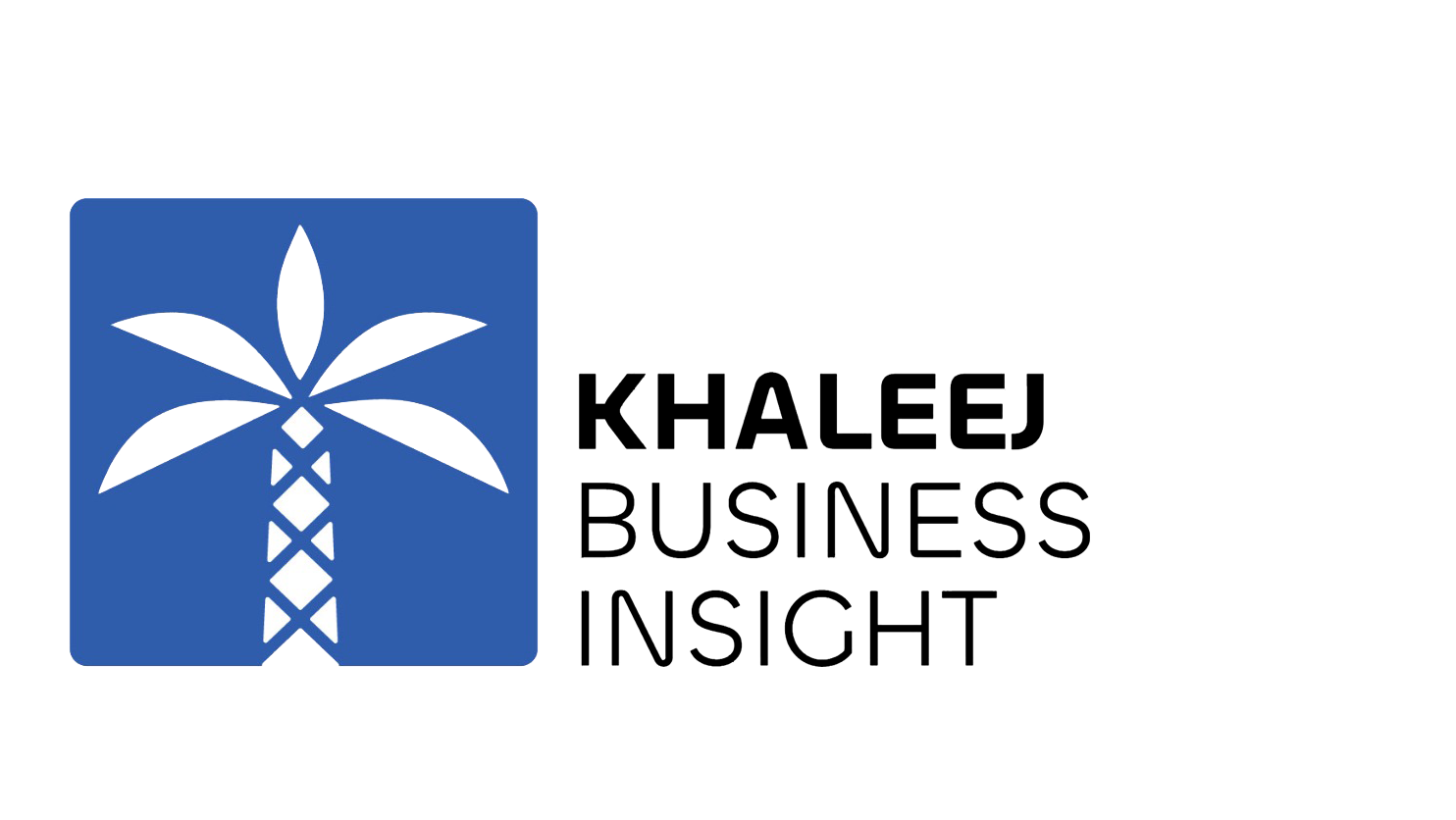Oil prices plunged after OPEC+ unveiled a larger supply boost next month. Brent crude fell by 80 cents to $67.50 a barrel.
Meanwhile, US West Texas Intermediate dropped $1.32 to $65.68. Initially, traders expected a smaller output increase.
However, the group agreed to add 548,000 barrels per day next month. This extra supply fueled market share competition among producers. Moreover, this increases outpaced previous monthly boosts of 411,000 barrels. Furthermore, the group cited strong economic forecasts and solid fundamentals.
It also pointed to low global oil inventories worldwide.
Consequently, these factors justified a more aggressive supply stance. Next, the decision will return almost 80 percent of voluntary cuts. Those cuts came from eight key oil producers.
This return heightens market share competition pressure on rival producers. RBC Capital analysts noted that Saudi Arabia delivered most extra barrels. They also warned that actual supply rises stayed below the planned level. Still, traders felt the impact of added barrels.
Meanwhile, market share competition Saudi Arabia boosted its flagship Arab Light crude price. It lifted the rate to its highest level in months for Asian buyers. This step showed confidence in oil demand and price stability. Then Goldman analysts forecast another 550,000 barrels per day hike next month. That outlook came ahead of the group’s upcoming ministerial meeting.
Consequently, investors balance fears of lower prices against rising output. Hence, they monitor both supply moves and global demand signals closely. This focus on supply and demand underscores ongoing market share. Still, analysts stress the importance of tracking market share competition closely. They urge watching the OPEC+ meeting outcomes and demand forecasts.
Moreover, traders adjust strategies to manage risk in volatile markets. Ultimately, price swings reflect this complex global tug of war. Yet opportunities emerge daily from fluctuating oil rates.
Therefore, many investors stay alert to policy shifts and supply news. Thus, they can capitalize on shifts driven by OPEC+ decisions.





